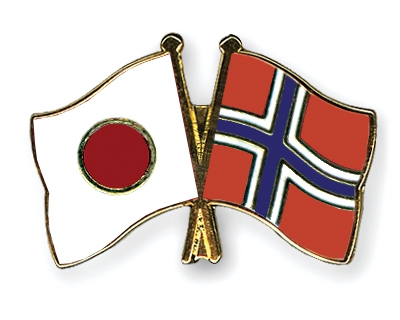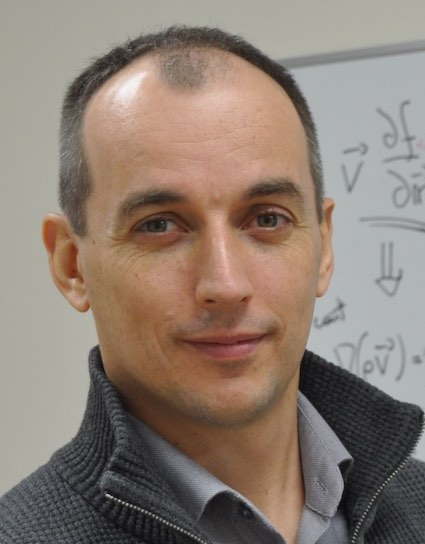
Japan-Norway Partnership for Computing in Space Science
Norway and Japan are very active in space science and exploration. For example, both countries send scientific rockets and satellites into the ionosphere, which is the uppermost part of the Earth atmosphere. In the polar regions it is directly connected to the interplanetary space and this is where we can observe auroras, which are due to highly energetic electrons originating from the Sun and entering the Earth atmosphere. Today, space science increasingly relies on numerical modeling and advanced numerical data analysis.
Through the Japan-Norway Partnership for Computing in Space Science, we develop, strengthen, and consolidate the collaboration between both countries in education and research within a broad context of computing in space research. We establish a research-based educational platform which is related to ongoing and future space missions. The partnership also provides a framework for increased mobility of university students and researchers.
We establish a joint course in numerical simulations of space environment, organize schools and symposia on computing in space data science, scientific workshops, and encourage student exchange and staff mobility. All activities are related to ongoing research projects, including joint sounding rocket experiments, satellite experiments, and larger exploratory missions, such as the joint European-Japanese BepiColombo mission to Mercury. We focus on numerical modelling of physical processes, performance of instruments, and data analysis. The main partners: the University of Oslo, Kobe University, and Kyoto University form together hubs for research and education in computing in space science. Other academic and industrial partners are also invited to join this collaboration.
Read more about how it started in 2016 https://www.titan.uio.no/blogg/tidligere-bloggere/svein-stolen/2016/4dspace-japan.html


